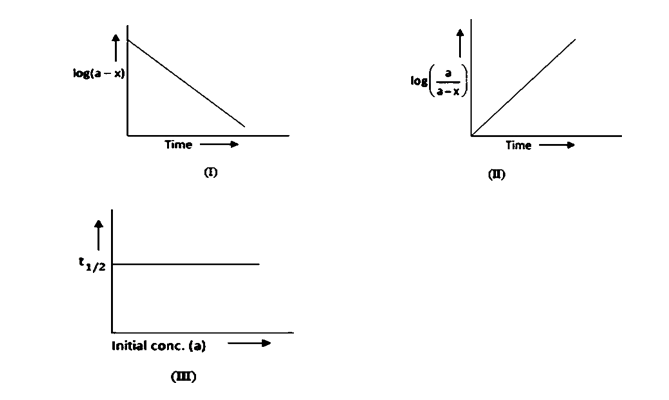Which of the following is correct for a first order reaction ?
t1/2∝C−1
t1/2∝C
t1/2∝C0
t1/2∝C1/2
The correct Answer is:C
Step by step video, text & image solution for Which of the following is correct for a first order reaction ? by Chemistry experts to help you in doubts & scoring excellent marks in Class 12 exams.
Topper's Solved these Questions
- BOOK - TARGET PUBLICATIONCHAPTER - CHEMICAL KINETICSEXERCISE - CRITICAL THINKING49videos
CHEMICAL KINETICS
- BOOK - TARGET PUBLICATIONCHAPTER - CHEMICAL KINETICSEXERCISE - COMPETITIVE THINKING73videos
CHEMICAL KINETICS
- BOOK - TARGET PUBLICATIONCHAPTER - BIOMOLECULES EXERCISE - Evaluation Test10videos
BIOMOLECULES
- BOOK - TARGET PUBLICATIONCHAPTER - CHEMICAL THERMODYNAMICS AND ENERGETICS EXERCISE - EVALUATION TEST25videos
CHEMICAL THERMODYNAMICS AND ENERGETICS
Similar Questions
Knowledge Check
- Question 1 - Select One
Which or the following is correct for the first order reaction ?
2N2O5(g)→4NO2(g)+O2(g)
(i) The concentration of the reactant decreases exponentially with time.
(ii) The half life of the reaction decreases with increaseing temperature.
(iii) The half life of the reaction depends on the initial concentration of the reactant.
(iv) The reaction proceeds to 99.6% completion in eigth half-life duration.A(i), (ii), (iv)B(i), (iv)Conly (iv)Dinly (i) - Question 2 - Select One or More
Which of the following graph is correct for a first order reaction ?
A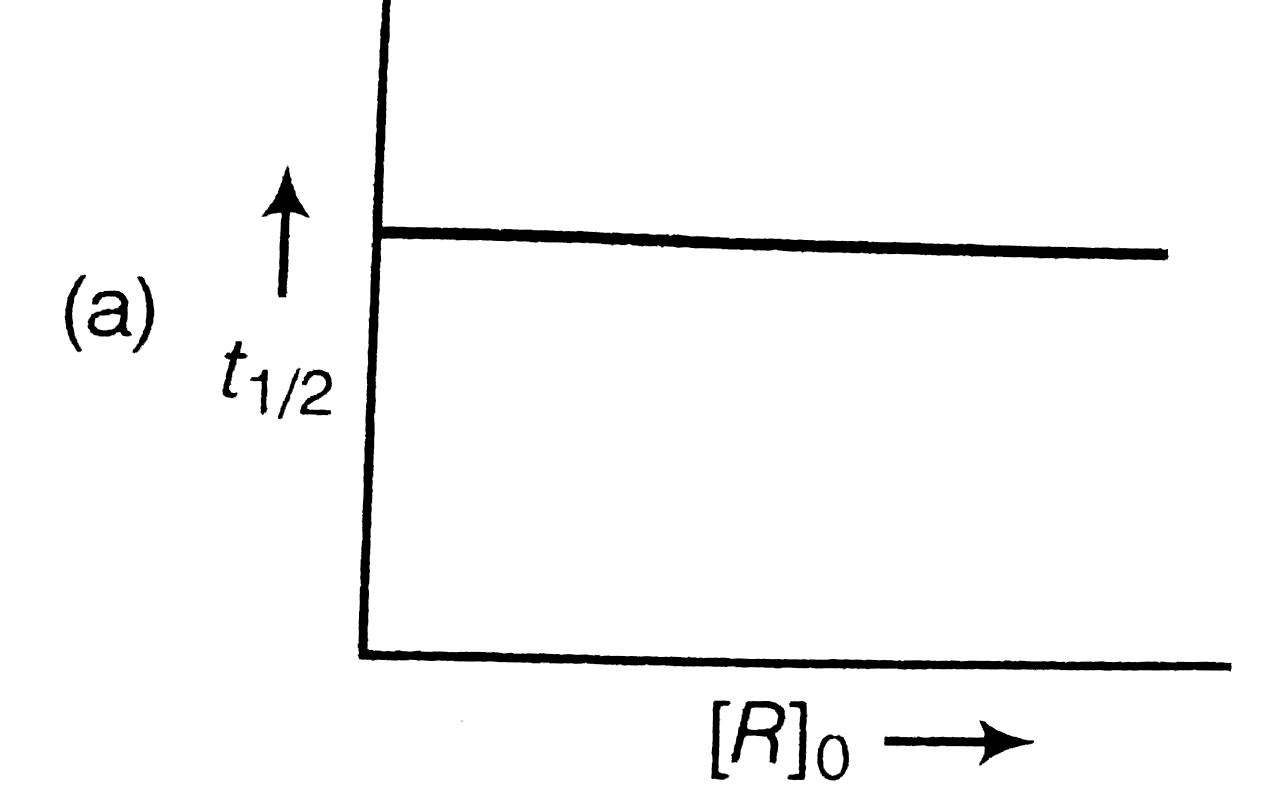 B
B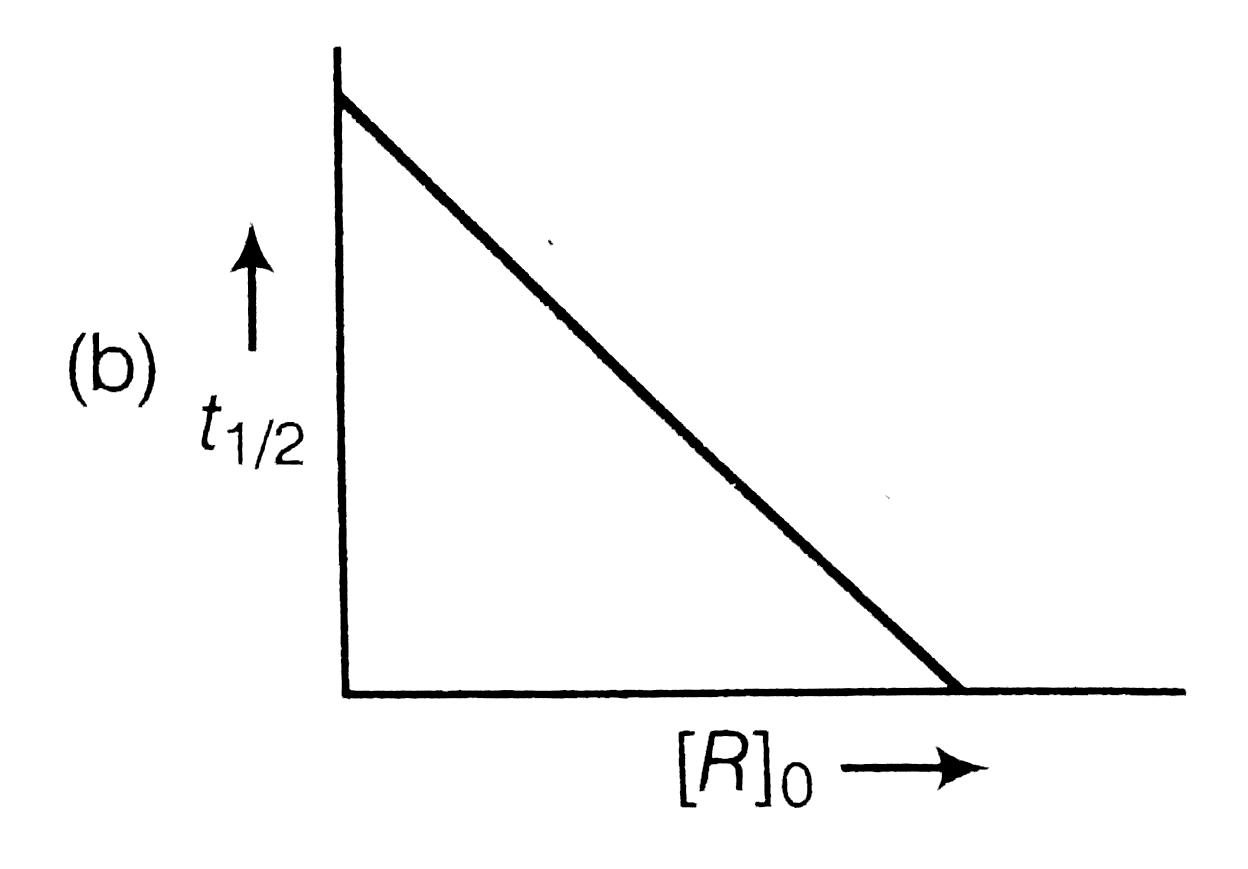 C
C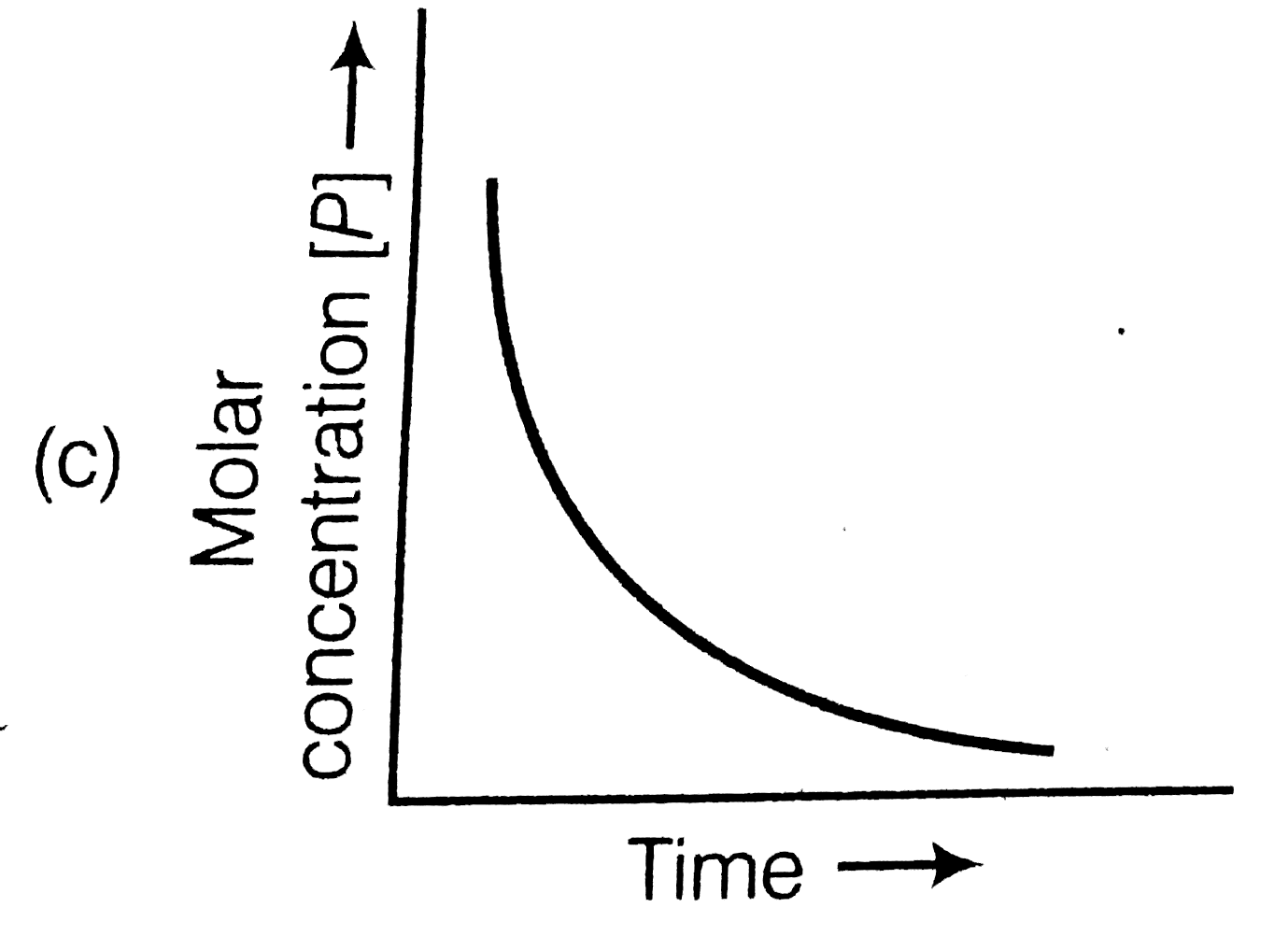 D
D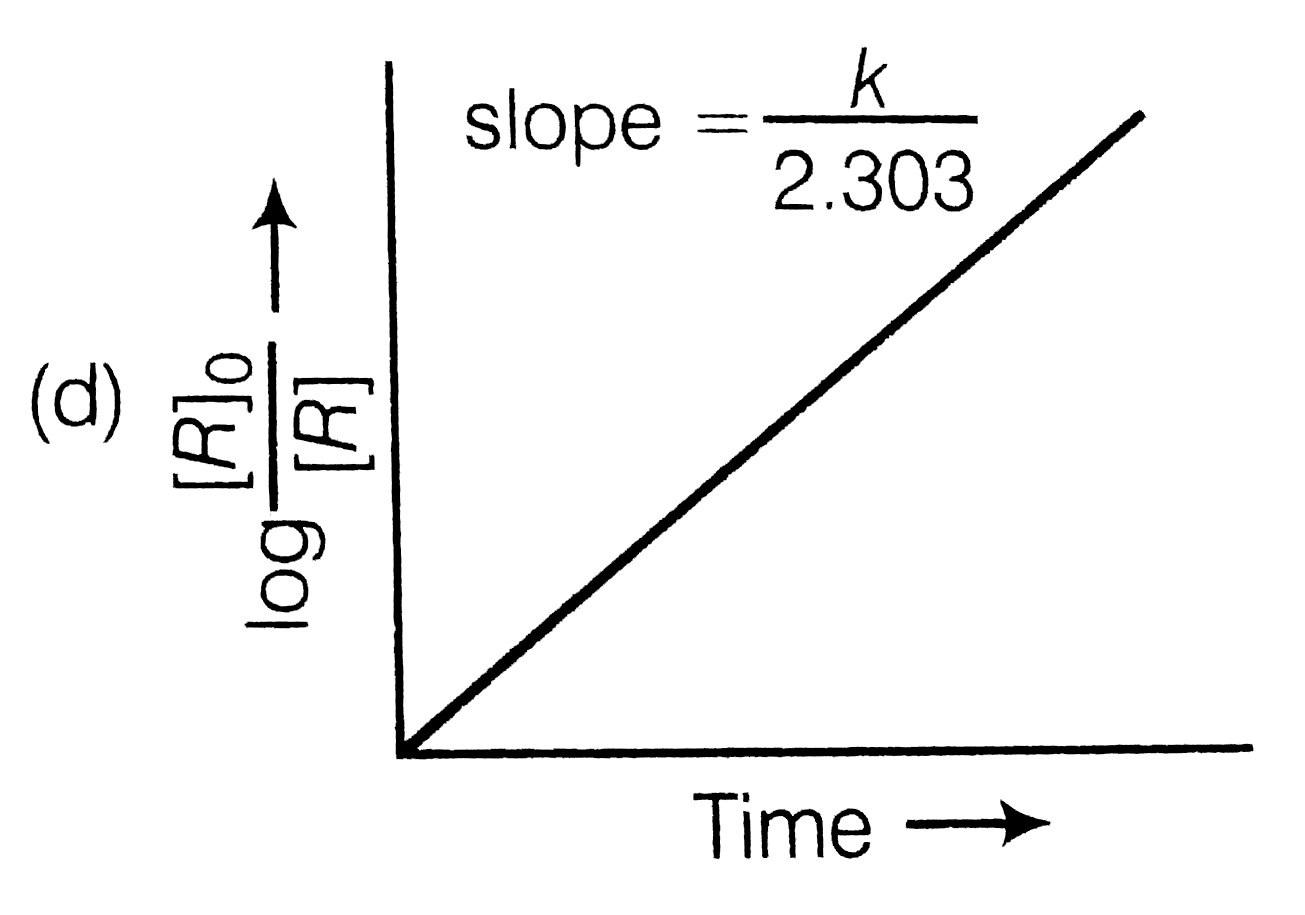
- Question 3 - Select One
Which of the following graph is correct for a first order reaction of the type R→P?
Where [] represents concentration.A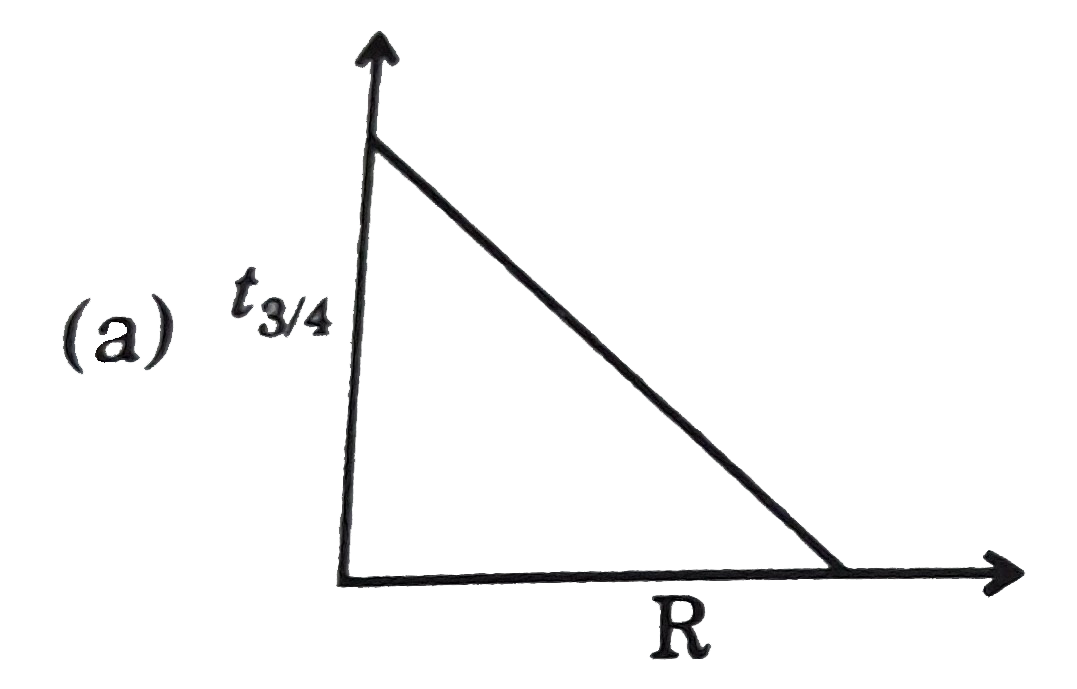 B
B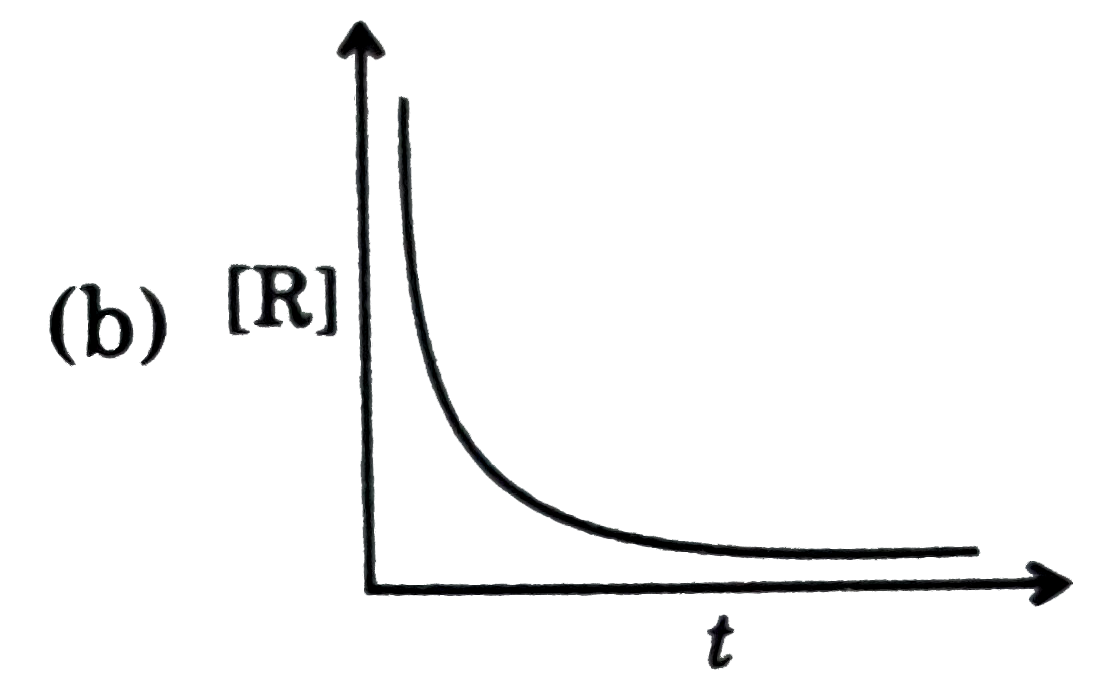 C
C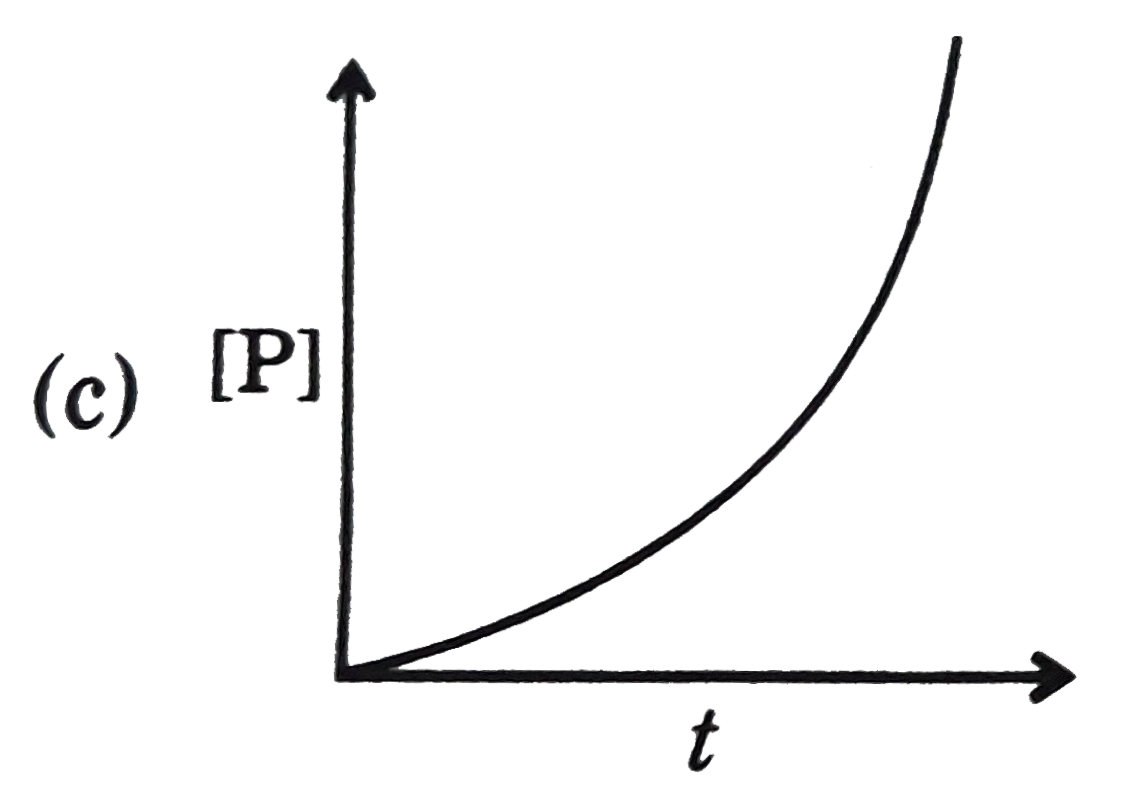 D
D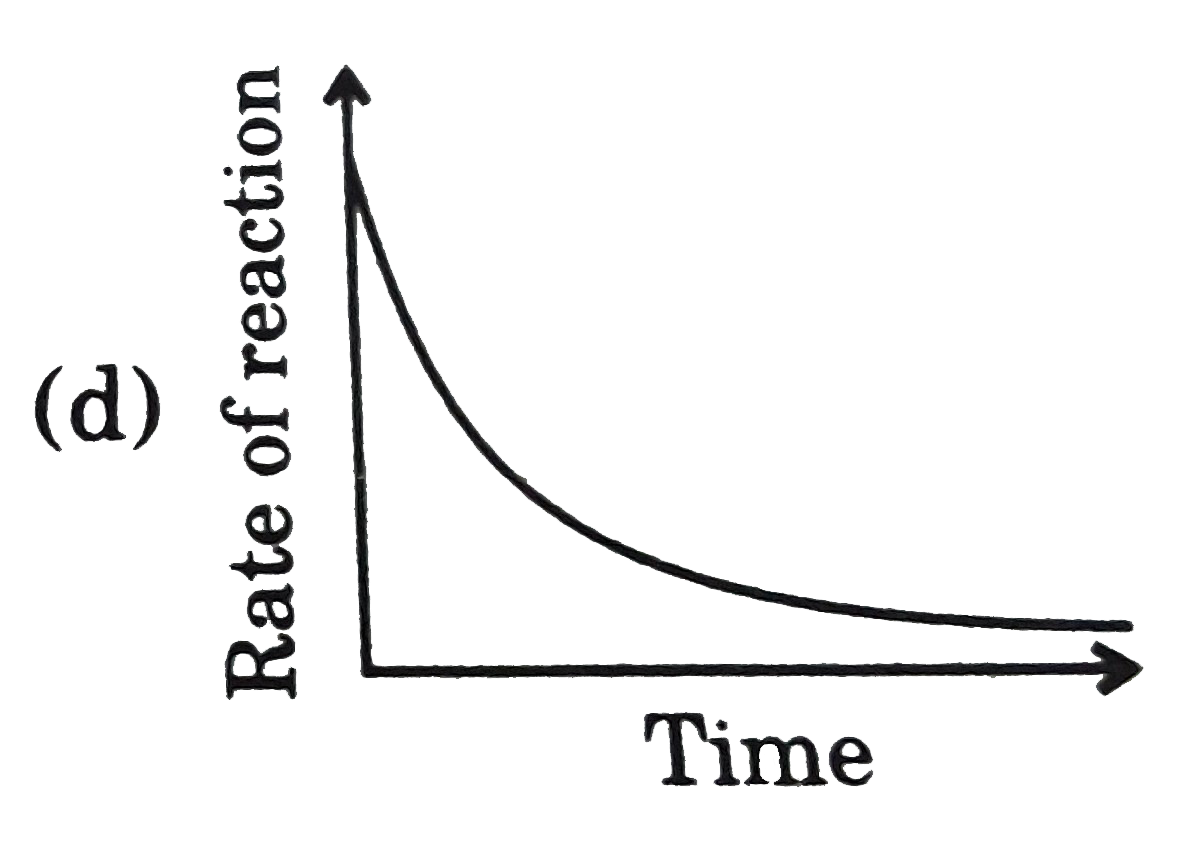
Which of the following graph is correct for a first order reaction ?
View SolutionWhich of the following graphs is correct for a first order reaction?
View SolutionWhich of the following graphs is correct for a first order reaction ? (R→P)
View SolutionWhich of the following is correct for zero and first order reactions respectively, where 'a' is initial concentration of the reactant ?
View SolutionWhich of the following relation is correct for a first order reaction?
(K=rate constant, r=rate of reaction, c = cone, of reactant)View Solution



